Gaps in new engineered wood floors
prady22
6 years ago
last modified: 6 years ago
Featured Answer
Sort by:Oldest
Comments (15)
Joseph Corlett, LLC
6 years agoRelated Professionals
Franklin Flooring Contractors · Napa Flooring Contractors · Naugatuck Flooring Contractors · Seabrook Flooring Contractors · Westerville Flooring Contractors · Whittier Flooring Contractors · Des Moines Tile and Stone Contractors · Edwards Tile and Stone Contractors · Alhambra General Contractors · Deer Park General Contractors · Mount Laurel General Contractors · Palestine General Contractors · Pocatello General Contractors · Shaker Heights General Contractors · West Lafayette General Contractorsprady22
6 years agolast modified: 6 years agoprady22
6 years agoprady22
6 years agoEric
last yearmillworkman
last year
Related Stories
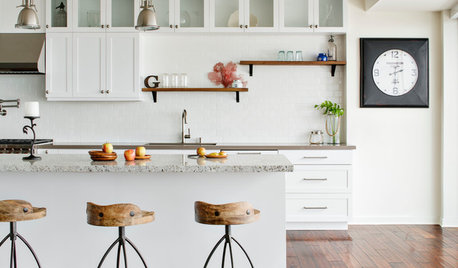
REMODELING GUIDESWhat to Know About Engineered Wood Floors
Engineered wood flooring offers classic looks and durability. It can work with a range of subfloors, including concrete
Full Story
REMODELING GUIDESWhen to Use Engineered Wood Floors
See why an engineered wood floor could be your best choice (and no one will know but you)
Full Story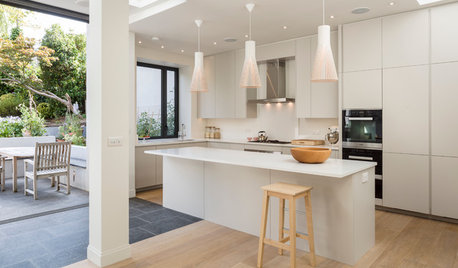
FLOORSHow to Care for Engineered Wood Flooring
Keep your wood floor looking its best with these tips and tricks from the experts
Full Story
REMODELING GUIDESYour Floor: An Introduction to Solid-Plank Wood Floors
Get the Pros and Cons of Oak, Ash, Pine, Maple and Solid Bamboo
Full Story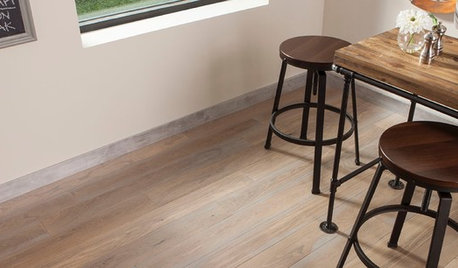
SHOP HOUZZTrade Pricing: Wood Flooring
Source real and engineered wood to lay a foundation that’s sturdy and stylish
Full Story0
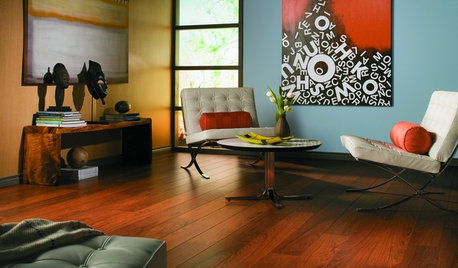
REMODELING GUIDESLaminate Floors: Get the Look of Wood (and More) for Less
See what goes into laminate flooring and why you just might want to choose it
Full Story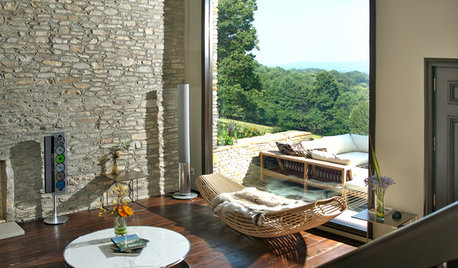
REMODELING GUIDESYour Floors: Zebra, Tiger, and Teak Wood, Oh, My!
Get the Pros and Cons of Exotic Woods: Hickory, Cherry, Rosewood and More
Full Story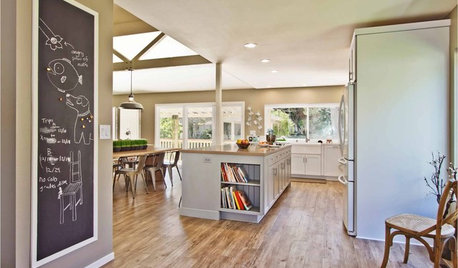
FLOORSWhat's the Right Wood Floor Installation for You?
Straight, diagonal, chevron, parquet and more. See which floor design is best for your space
Full Story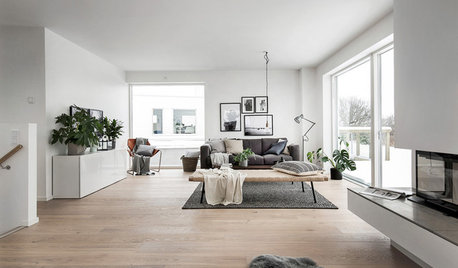
DECORATING GUIDESIsn’t It Good, Nordic Wood: The Appeal of Pale Floors
From silvery ash to honey blonde or chalk white, light-toned floors hold the key to the pared-back simplicity of Scandinavian style
Full Story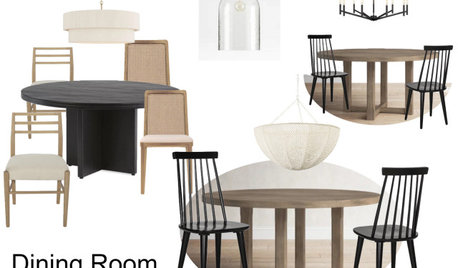
REMODELING GUIDESWood Floor Care: Polish Your Skills
Help your wood floors stay gorgeous by learning how to keep stains, dullness and warping at bay
Full StoryMore Discussions






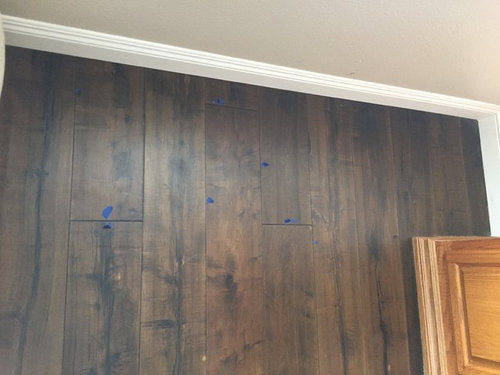
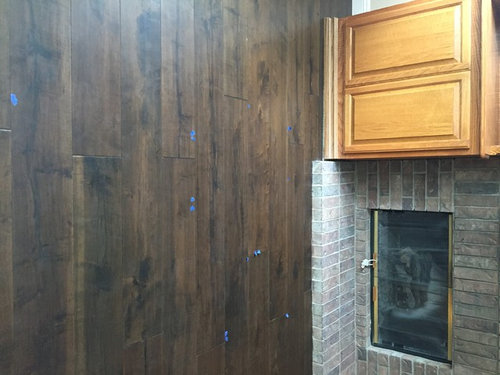


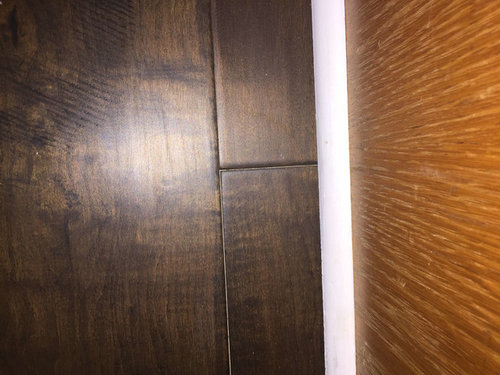






SJ McCarthy